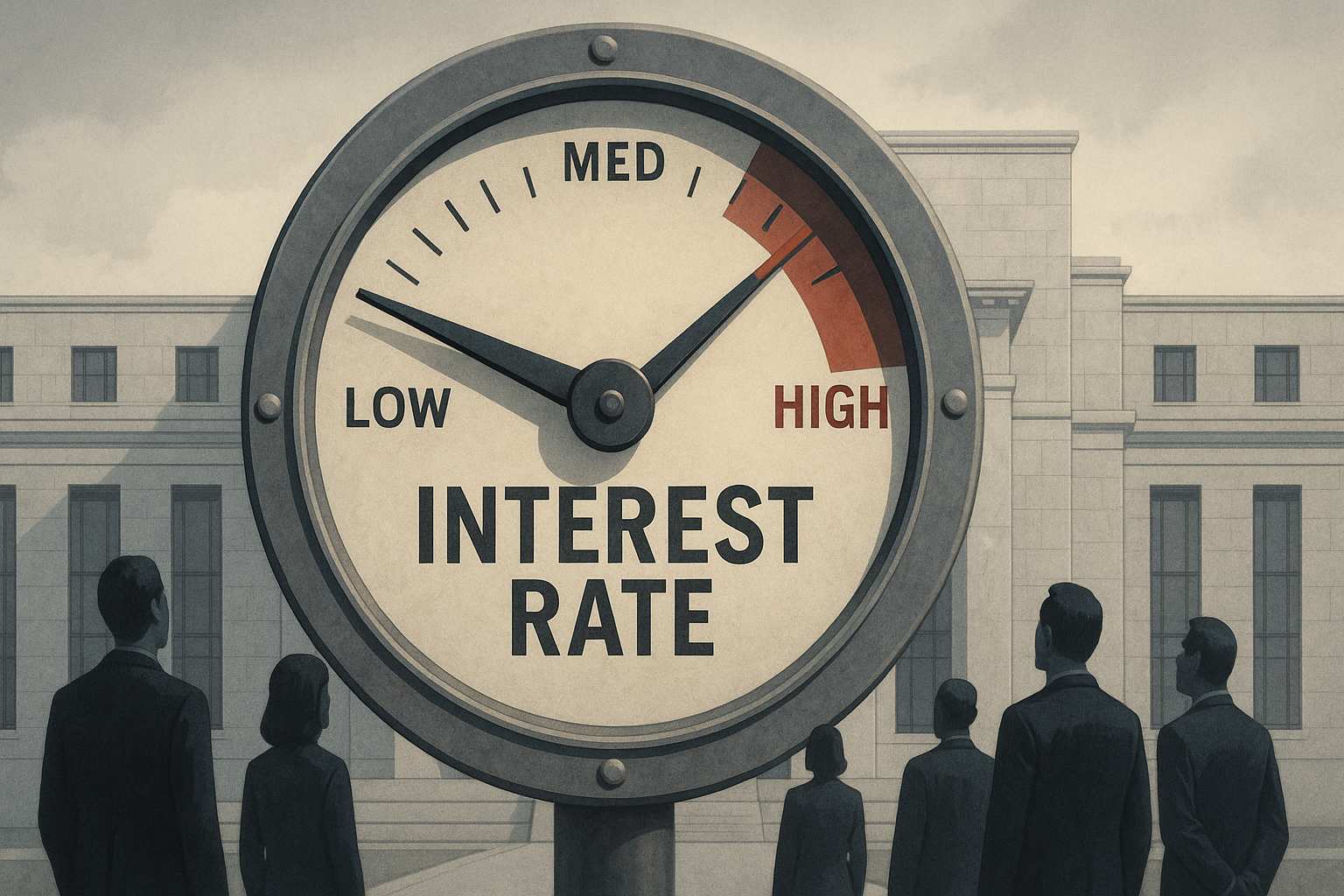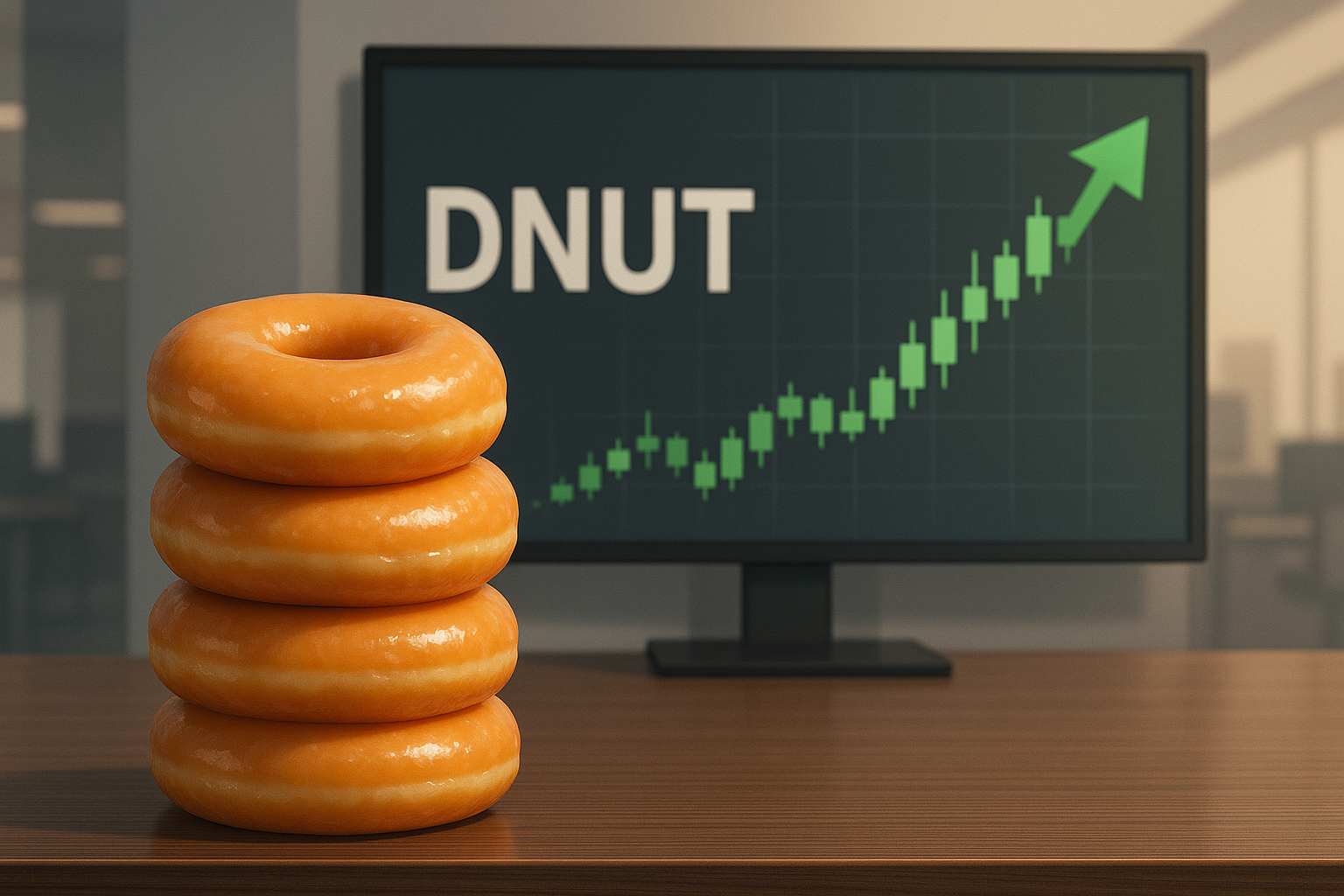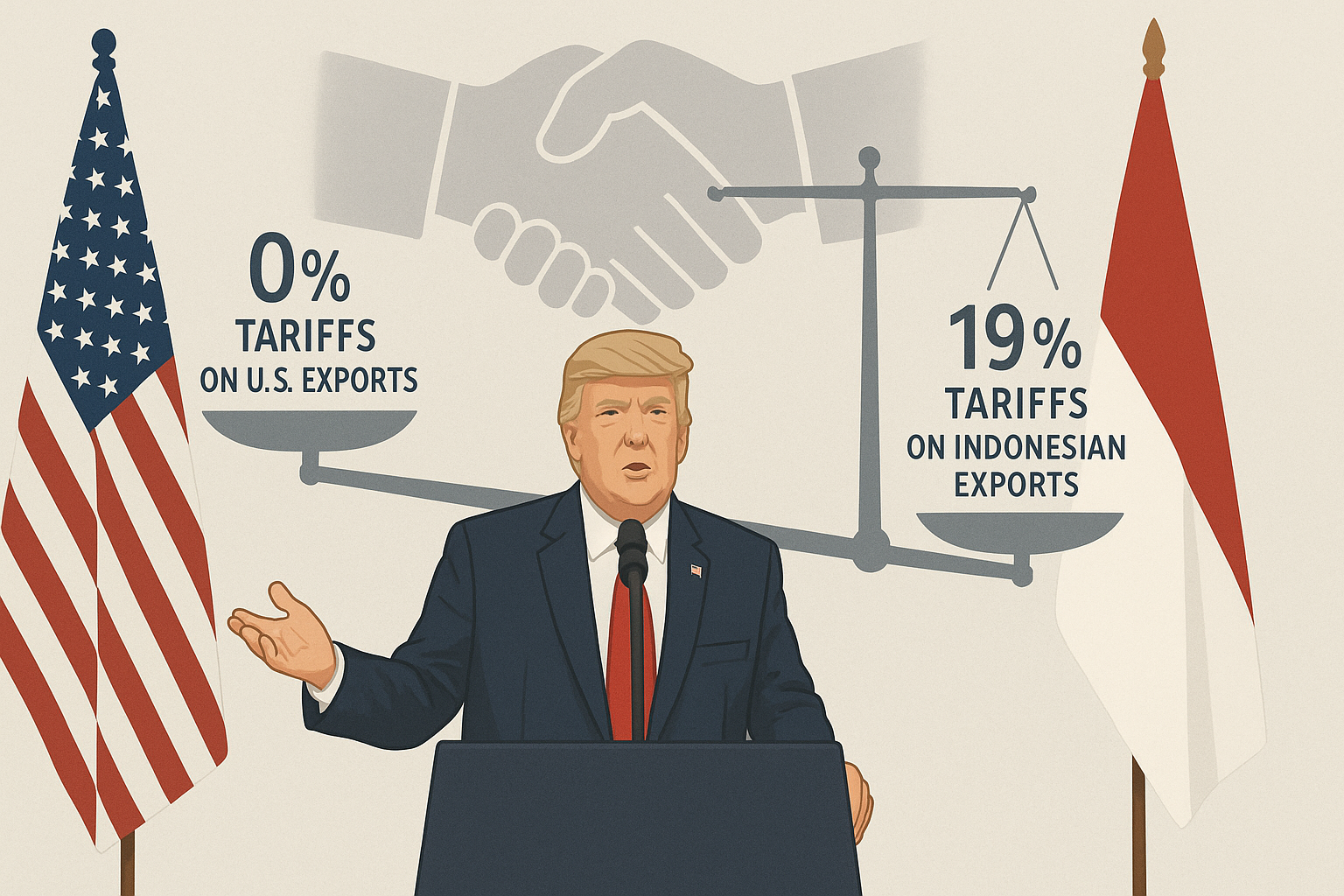The Federal Reserve, our nation's monetary mood ring, is apparently keeping interest rates exactly where they are for the foreseeable future. Not just for now, but potentially for the remainder of the year, according to those shadowy figures who claim to have insight into the Fed's thinking. The central bank seems to have developed quite the attachment to these elevated rates, like a collector unwilling to part with their prized possessions.
This prolonged high-rate environment isn't just a technical footnote for economics textbooks. It fundamentally reshapes the risk landscape across markets. Those "previously seen as overly risky" stocks might suddenly look different through this high-rate lens. What's fascinating here is how monetary policy creates these shifting taxonomies of assets – yesterday's speculative gamble becomes today's reasonable allocation, all without the underlying businesses changing one iota.
I've always thought about interest rates as essentially the price of time. When that price stays high, it forces a reevaluation of everything with a temporal component – which, in finance, is basically everything. Companies with cash flows pushed far into the future (your typical growth stocks) theoretically suffer, while businesses delivering cash today (value plays) should benefit. But markets are rarely that straightforward.
The Fed's apparent commitment to keeping rates elevated reminds me of what I call the "institutional inertia theory." Once large organizations set a course, changing direction requires enormous energy. Powell and company spent months convincing markets they were serious about fighting inflation. Making an about-face now would undermine their carefully cultivated credibility – and if there's one thing central bankers value above all else, it's the perception of steadfast reliability.
Of course, the article mentions the possibility of "unforeseen and cataclysmic circumstances" that might force their hand. This is central bank speak for "unless everything goes to hell, we're staying put." The bar for what constitutes "cataclysmic" seems to rise with each passing year. What once would have sent policy makers scrambling – a regional banking crisis, geopolitical tensions, significant market corrections – now barely registers as a blip on the radar.
What's particularly interesting is the asymmetry of the Fed's reaction function. They're lightning-quick to raise rates when inflation ticks up but glacially slow to cut them when the economy softens. It's like having a smoke detector that screams at the slightest whiff of burnt toast but remains eerily silent as the house actually burns down.
This prolonged high-rate environment creates winners and losers through mechanisms that aren't always intuitive. Banks can benefit from higher net interest margins, but only if those high rates don't trigger loan defaults or deposit flight. Insurance companies, with their massive bond portfolios, see higher reinvestment yields but mark-to-market losses on existing holdings. The effects ripple through every corner of the financial ecosystem, often in contradictory ways.
For investors, the implications are profound but nuanced. The "wait for rate cuts" trade – which powered much of the market optimism in late 2023 – might need serious recalibration. Companies that were merely treading water, hoping for the lifeline of lower borrowing costs, could find themselves in increasingly desperate situations. Meanwhile, cash-rich enterprises with pricing power may find themselves in enviably strong competitive positions.
The timing couldn't be more interesting. Just as markets had convinced themselves that economic softness would force the Fed's hand, the central bank appears to be digging in its heels. It's yet another reminder that the market narrative and the policy reality often exist in parallel universes, occasionally intersecting but frequently divergent.
Unless something truly catastrophic happens, it seems we're stuck with these rates for now. Which, when you think about it, is exactly how the Fed wants you to think about it.



